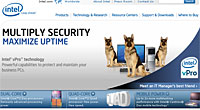The details of how Whitehaven will switch over from Analogue to Digital are starting to come out.
 It’s quite an interesting approach that’s worthy of a little attention, especially as this will form the basis for the approach for the rest of the UK.
It’s quite an interesting approach that’s worthy of a little attention, especially as this will form the basis for the approach for the rest of the UK.
Lots of local press have already become involved in informing local residents about the forth coming changes.
This will be added to by sending a letter to each of the 25,000 households in the Whitehaven area to give them details. In there will be details of the Help Scheme for the over-75s, those with disabilities, and blind.
Those qualifying will benefit from a one-off subsidised fee of £40, unless the households receive income-related benefits, in which case assistance will be free.
Starting in May, the awareness of the TV watching residents of Whitehaven will be further raised with captions appearing on their current analogue channels, warning them of the impending switch off of the analogue channels and the need for them to change their equipment if they want to continue watching TV.
As announced, analogue BBC2 will be switched off on 17 October between 2-4 am, freeing up a chunk of analogue frequency for digital use.
The process is slightly more complicated than first appears, although the effect of the actions will remain the same.

Analogue ITV1 will be switched over to the frequency currently used by analogue BBC2, which will become unavailable.
This will leave ITV1’s frequency available to be used by the first digital mux, which will provide three full time stations BBC1, BBC2, BBC News 24, with CBBC and BBC Three sharing the same frequency, switching between the two at 7pm daily.
Summary – For the price of one analogue TV channel (ITV1), four digital TV channels will work in its place.
(BTW we think DigitalUK should be ashamed with themselves at referring to the date as October 17, they are after all a UK Government body. This is the UK and dates are referred to with the date _before_ the month. The UK isn’t the US)
During this time, ITV1 will slip a little from button 3 on their remotes to button 2 – previously occupied by BBC2. A possible source of some confusion for Whitehaven residents, but reducing it to a minimum.
Four weeks later, the other analogue channels will switch off, making space for ‘at least’ 18 channels including ITV2, E4, BBC Four and some digital radio channels all via their TV aerial. There are a number of channels that are available in other parts of the country that won’t be making it to Whitehaven (detailed three paragraphs in).
We’ll keep our eyes and ears open to monitor the success of the process.
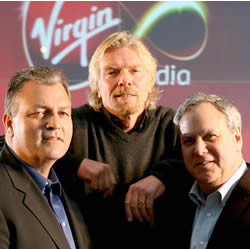 The upload speed will also be upped to 768Kbs, not exactly setting the uploading world alight, but better than a poke in the eye with a stick, non?
The upload speed will also be upped to 768Kbs, not exactly setting the uploading world alight, but better than a poke in the eye with a stick, non?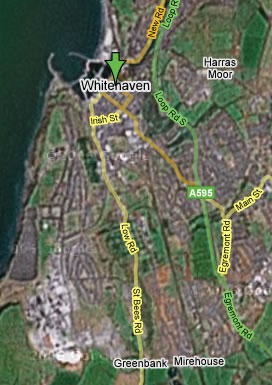 It’s quite an interesting approach that’s worthy of a little attention, especially as this will form the basis for the approach for the rest of the UK.
It’s quite an interesting approach that’s worthy of a little attention, especially as this will form the basis for the approach for the rest of the UK.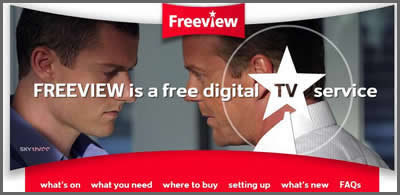
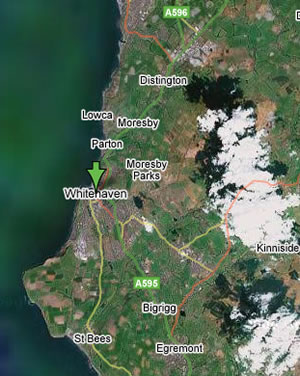 Back in June last year, we heard that
Back in June last year, we heard that  Although most of the information can be had elsewhere, it’s useful to have a single source where everything’s in one place. Forgotten how to reset your iPod? It’s in the Missing Manual.
Although most of the information can be had elsewhere, it’s useful to have a single source where everything’s in one place. Forgotten how to reset your iPod? It’s in the Missing Manual.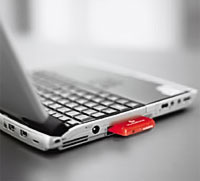 Sanity appears to have been reached by Vodafone, as they announce a flat-rate of €12/day for data in Europe – but only if accessed from “mobile-enable laptops” from 1 July 2007. It will replace their current per Megabyte service, giving what they say is “practically unlimited data usage,” which is actually up to 50Mb/day.
Sanity appears to have been reached by Vodafone, as they announce a flat-rate of €12/day for data in Europe – but only if accessed from “mobile-enable laptops” from 1 July 2007. It will replace their current per Megabyte service, giving what they say is “practically unlimited data usage,” which is actually up to 50Mb/day. As if the life of the portable music player listener isn’t
As if the life of the portable music player listener isn’t 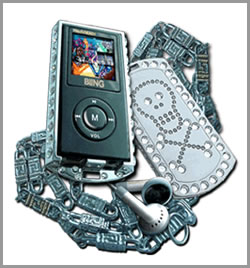 There’s two models available DOGTAG or SKULL’N’BONES, which MediaReady tell us creates “a new kind of fashion statement.”
There’s two models available DOGTAG or SKULL’N’BONES, which MediaReady tell us creates “a new kind of fashion statement.”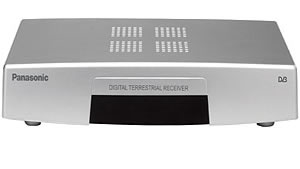 The quarterly report snappily titled, Communications Market: Digital Television Progress Report, covering the fourth quarter of 2006 (October-December), shows the figures are up from 39% in the same period the previous year, and also from 44.7% in the Q3 2006.
The quarterly report snappily titled, Communications Market: Digital Television Progress Report, covering the fourth quarter of 2006 (October-December), shows the figures are up from 39% in the same period the previous year, and also from 44.7% in the Q3 2006.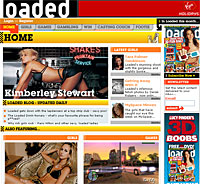 Blokes are generally an easily pleased bunch when it comes to magazines – just shove in loads of high tech gadgets, big cars, some football, lots of wobbling booby babes, video game reviews, pics of dangerous sports and perhaps a page or two on cooking to show off their sensitive side – and they’re as happy as a pig in dirt.
Blokes are generally an easily pleased bunch when it comes to magazines – just shove in loads of high tech gadgets, big cars, some football, lots of wobbling booby babes, video game reviews, pics of dangerous sports and perhaps a page or two on cooking to show off their sensitive side – and they’re as happy as a pig in dirt. The phwoaar-tastic Loaded site apparently has the “greatest affinity” with men, with 88% of visitors to their site being of the geezer persuasion, followed by Nuts (83%) and Zoo (81%).
The phwoaar-tastic Loaded site apparently has the “greatest affinity” with men, with 88% of visitors to their site being of the geezer persuasion, followed by Nuts (83%) and Zoo (81%).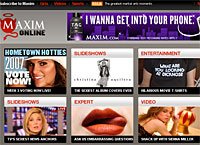 “The last quarter has seen the big three online men’s lifestyle magazines – Maxim, FHM and Monkey – vying for top spot. On its official launch in November 2006, Monkey climbed straight to the top of the tree but the last two months have seen a slight, if steady, drop in popularity to fall behind Maxim and FHM,” commented Alex Burmaster, European Internet Analyst, Nielsen//NetRatings, commented:
“The last quarter has seen the big three online men’s lifestyle magazines – Maxim, FHM and Monkey – vying for top spot. On its official launch in November 2006, Monkey climbed straight to the top of the tree but the last two months have seen a slight, if steady, drop in popularity to fall behind Maxim and FHM,” commented Alex Burmaster, European Internet Analyst, Nielsen//NetRatings, commented: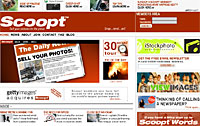 Major news agencies made great use of public camera phone footage after the London 7/7 bombings, with several images
Major news agencies made great use of public camera phone footage after the London 7/7 bombings, with several images  With Getty’s well established media network, amateur snappers should expect increased prospects of shifting their work, although Getty hasn’t commented if the payment share is to remain the same.
With Getty’s well established media network, amateur snappers should expect increased prospects of shifting their work, although Getty hasn’t commented if the payment share is to remain the same.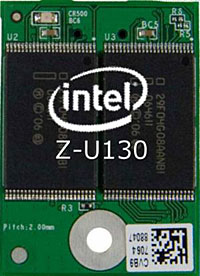 Yesterday, the electronics big boy elbowed its way onto the Flash Memory table clutching news of their Intel Z-U130 Value Solid-State Drive, offering USB 2.0/1.1 interfaces.
Yesterday, the electronics big boy elbowed its way onto the Flash Memory table clutching news of their Intel Z-U130 Value Solid-State Drive, offering USB 2.0/1.1 interfaces.